The Big Island of Hawaii is not only known for its pristine beaches and lush rainforests. It is also home to some of the most mesmerizing lava zones on the planet. These zones are a testament to the island’s rich volcanic history and offer geologists a unique opportunity to study the formation of the Earth’s crust.
What is it like to visit the lava zones of the Big Island?
Big Island Hawaii Volcano Zones / The kilauea volcano began spewing ash – Source diario-para-chicas.blogspot.com
Venturing into the lava zones of the Big Island is an unforgettable experience. The landscape is otherworldly, with hardened lava flows, bubbling lava lakes, and towering volcanic cones. It is a place where the raw power of nature is on full display.
What makes the lava zones of the Big Island so special?
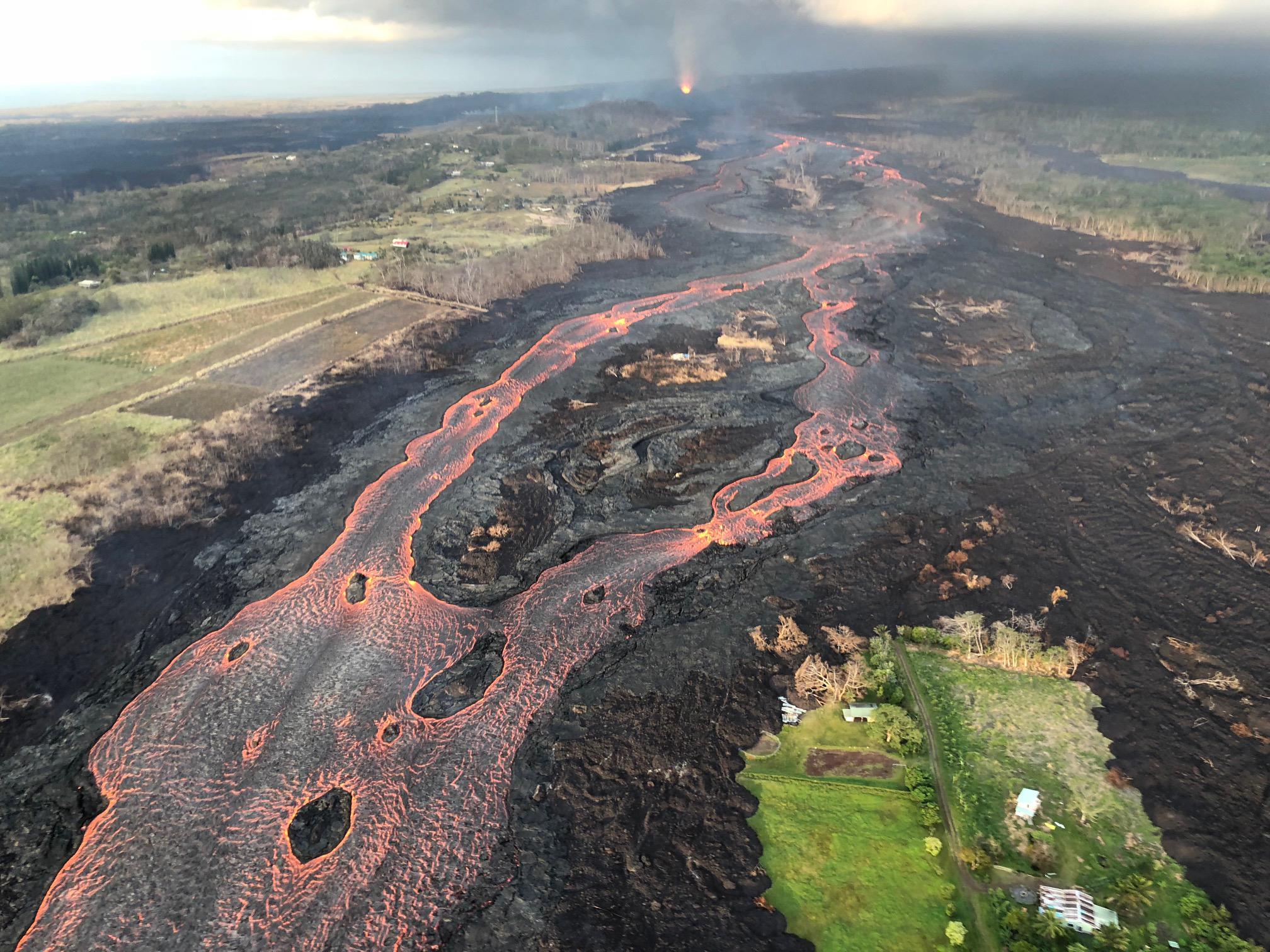
High-Risk Lava Zones With Infrequent Eruptions Attract Development – Source bigislandgazette.com
The lava zones of the Big Island are a geologist’s paradise. They offer a unique opportunity to study the formation of the Earth’s crust and the processes that shape our planet. The zones are also home to a variety of unique plant and animal life that has adapted to the harsh conditions.
The different types of lava zones on the Big Island and what makes them unique

Is knowing about lava zones important when buying real estate on the – Source www.unitedcountryhawaii.com
There are several different types of lava zones on the Big Island, each with its own unique characteristics. Some of the most popular zones to visit include:
- Kilauea Caldera: This is the most active volcano in the world and is home to a large lava lake that is constantly changing.
- Mauna Kea: This is the tallest mountain in the world and is home to a variety of lava flows and cinder cones.
- Hualalai: This is a dormant volcano with a summit that is covered in lush vegetation.
Discover the hidden secrets of the lava zones on the Big Island
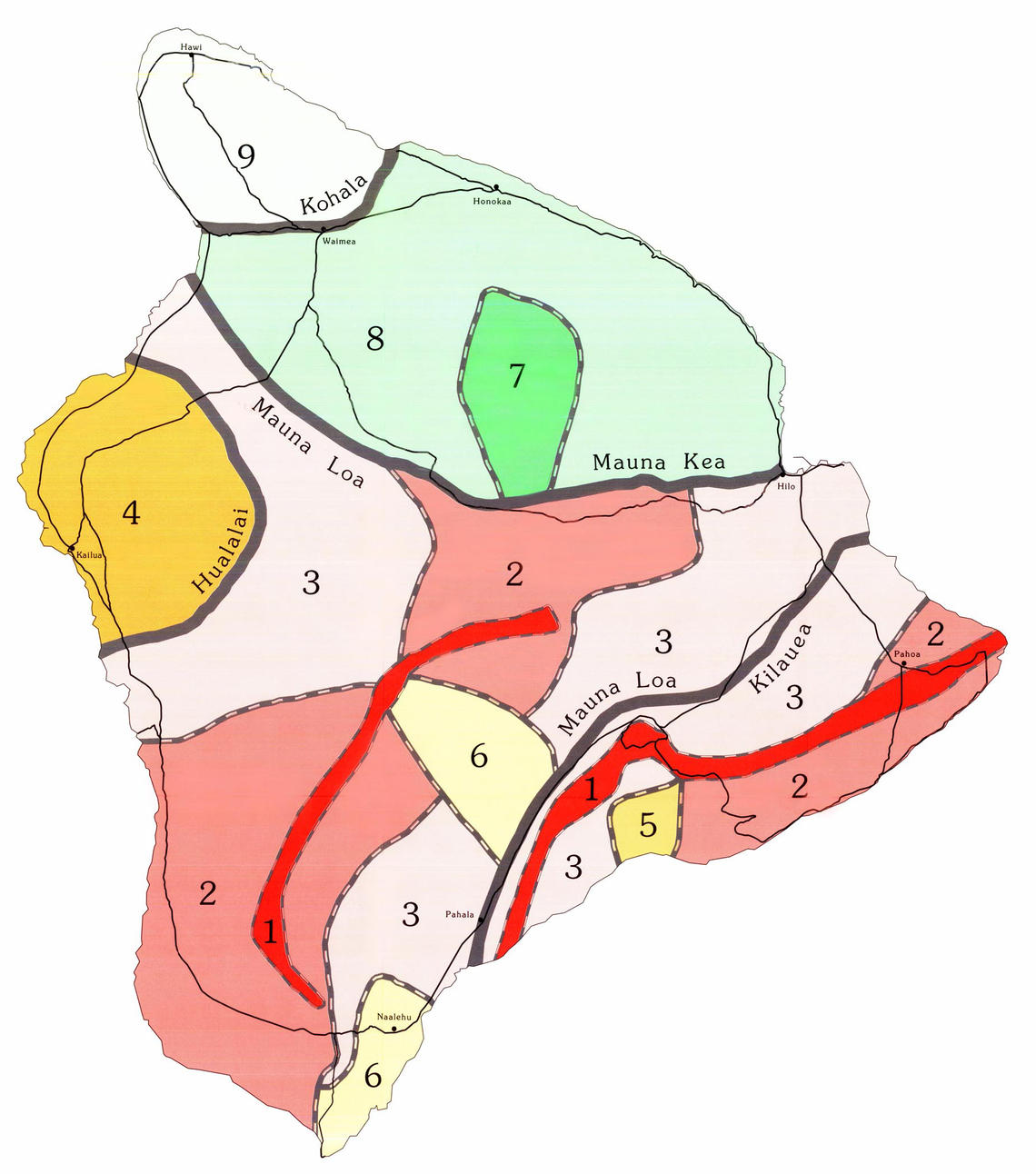
Lava Zones on the Big Island of Hawaii – First Island Realty – Source www.firstislandrealty.com
In addition to the well-known lava zones, there are also hidden secrets that can be found off the beaten path. These hidden gems offer a more intimate experience with the island’s volcanic landscape and can provide a glimpse into the island’s rich history.
Recommendations for visiting the lava zones on the Big Island

Map : Map showing lava-flow hazard zones, Island of Hawaii, 1992 – Source www.pinterest.com
If you are planning to visit the lava zones of the Big Island, there are a few things you should keep in mind. First, be sure to check the weather forecast before you go, as the weather can change quickly. Second, wear sturdy shoes and clothing that can protect you from the sun and the elements. Third, be aware of your surroundings and stay on designated trails.
Tips for visiting the lava zones of the Big Island

New Maps Illustrate Kilauea, Mauna Loa Geologic History | Mauna loa – Source www.pinterest.com
Here are a few tips for visiting the lava zones of the Big Island:
- Be prepared for the weather. The weather on the Big Island can change quickly, so be sure to check the forecast before you go and dress appropriately.
- Wear sturdy shoes and clothing. You will be walking on uneven terrain, so be sure to wear sturdy shoes that can protect your feet. You should also wear clothing that can protect you from the sun, wind, and rain.
- Stay on designated trails. There are several designated trails that lead through the lava zones. Be sure to stay on these trails to avoid getting lost or injured.
Fun facts about the lava zones of the Big Island
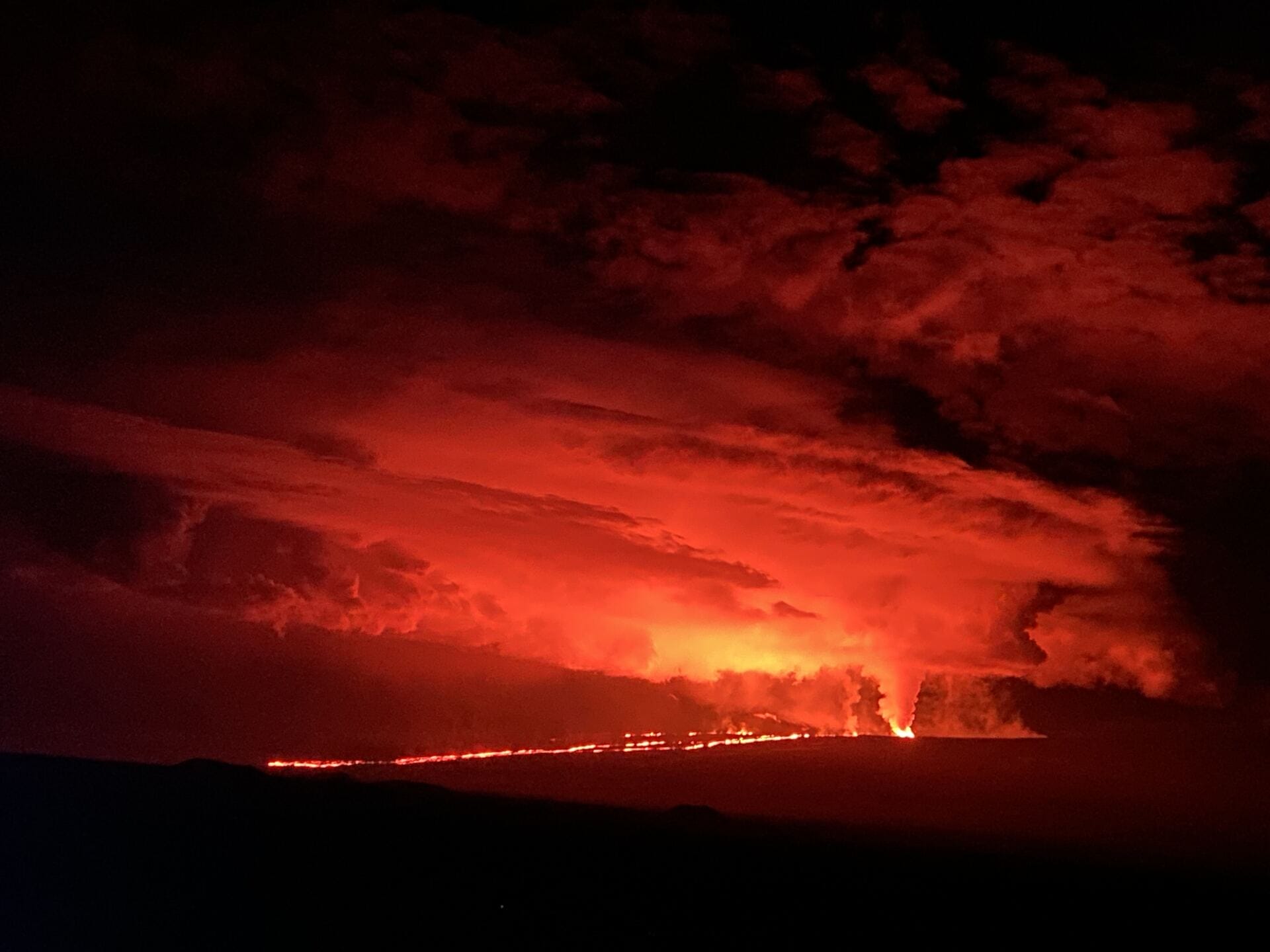
Lava Zones: Impact on Big Island Real Estate – Source waikoloaproperties.com
Here are a few fun facts about the lava zones of the Big Island:
- The lava zones of the Big Island are home to a variety of unique plant and animal life that has adapted to the harsh conditions.
- The lava zones are also home to a number of historical sites, including the remains of ancient Hawaiian villages and temples.
- The lava zones are a popular destination for geologists and scientists who study the formation of the Earth’s crust.
How to get to the lava zones on the Big Island
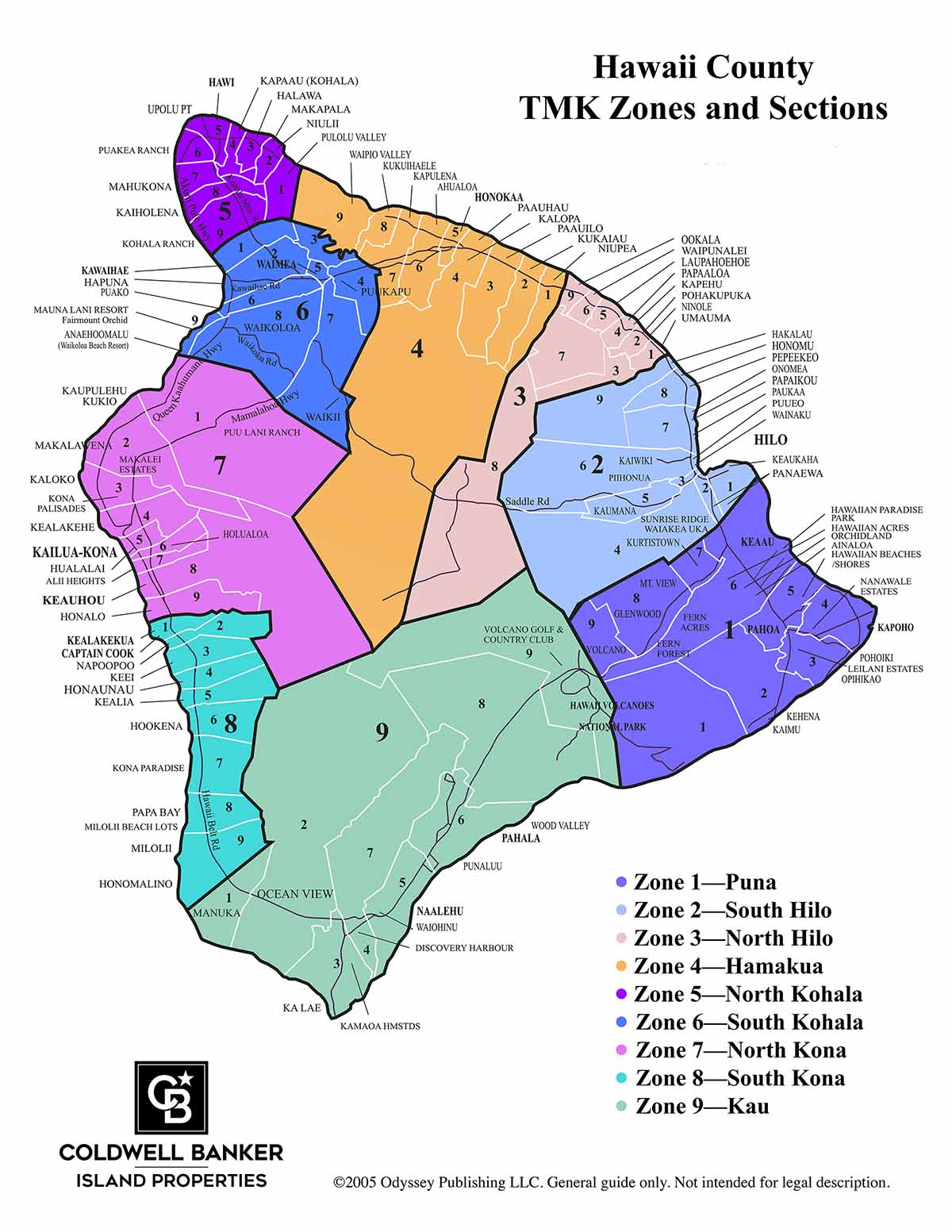
What is a TMK? – Home on the Hamakua | Jen McGeehan – Source homeonthehamakua.com
The lava zones of the Big Island are located in the southern part of the island. There are several ways to get to the lava zones, including by car, by tour, or by helicopter. If you are driving, be sure to allow plenty of time, as the roads can be winding and narrow.
What if I don’t want to visit the lava zones on the Big Island?
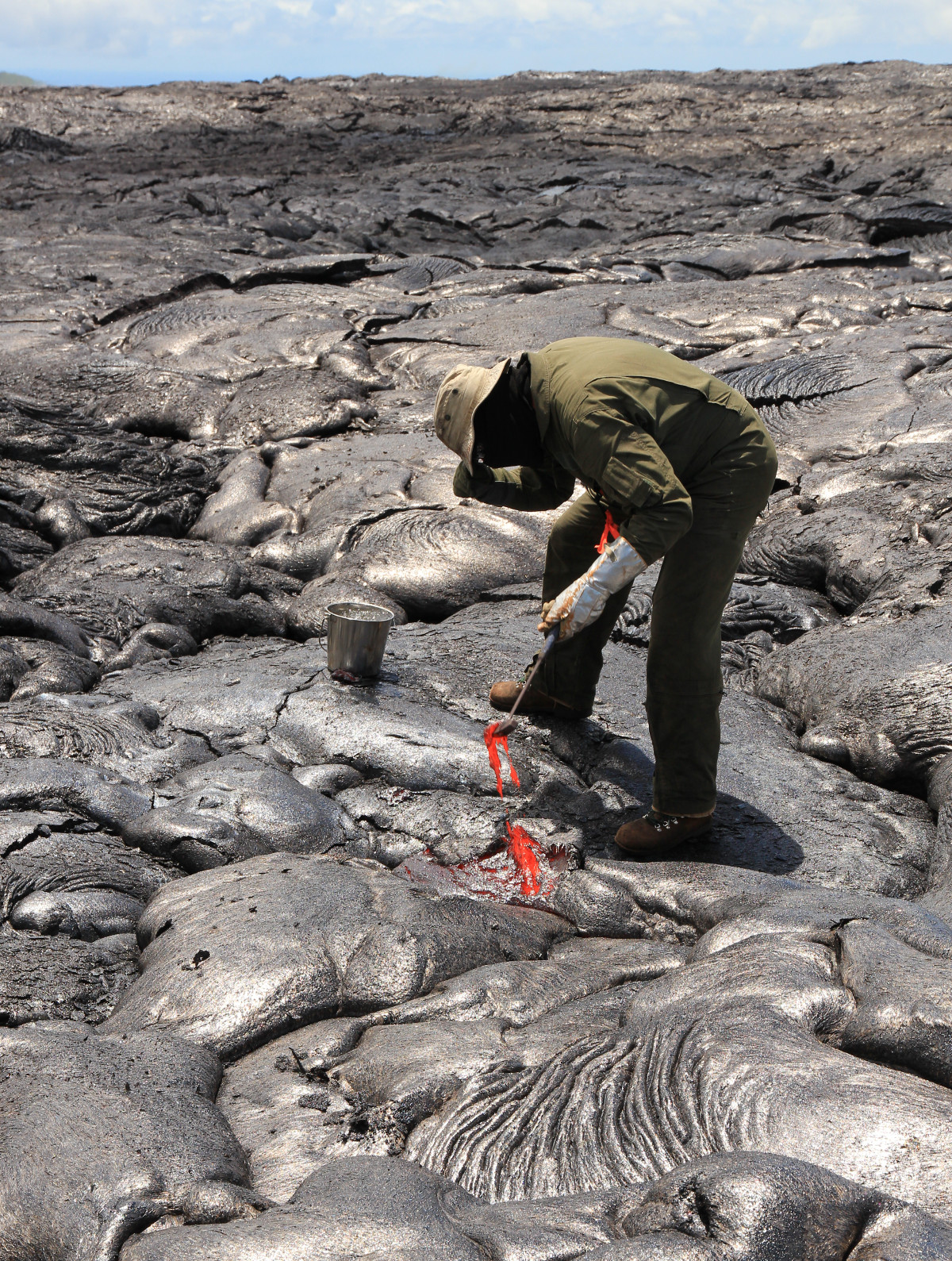
Lava Update – Thursday, July 30 – Source www.bigislandvideonews.com
If you are not interested in visiting the lava zones, there are plenty of other things to see and do on the Big Island. The island is home to a variety of beautiful beaches, lush rainforests, and historic sites. You can also go hiking, biking, or kayaking in the island’s many parks and preserves.
Listicle of reasons to visit the lava zones on the Big Island

New Mauna Loa Eruption Reopens A Costly Old Issue: Why Is Building – Source www.civilbeat.org
Here is a listicle of reasons to visit the lava zones on the Big Island:
- To see the raw power of nature up close.
- To learn about the formation of the Earth’s crust.
- To see unique plant and animal life that has adapted to the harsh conditions.
- To visit historical sites that tell the story of the island’s past.
- To experience the beauty of the island’s volcanic landscape.
Question and Answer
Q: What is the best time to visit the lava zones?
A: The best time to visit the lava zones is during the summer months, when the weather is dry and clear.
Q: Can I hike to the lava zones?
A: Yes, there are several designated trails that lead through the lava zones. Be sure to stay on these trails to avoid getting lost or injured.
Q: What should I wear when visiting the lava zones?
A: Wear sturdy shoes and clothing that can protect you from the sun and the elements. Be sure to bring water and snacks, and be aware of your surroundings.
Q: Are there any dangers associated with visiting the lava zones?
A: Yes, there are some dangers associated with visiting the lava zones. Be sure to stay on designated trails, and be aware of the weather and ground conditions. Do not touch the lava, as it is extremely hot.
Conclusion
The lava zones of the Big Island are a unique and unforgettable place to visit. They offer a glimpse into the island’s rich volcanic history and provide a chance to see the raw power of nature up close. If you are interested in geology, history, or simply want to experience the beauty of the island’s volcanic landscape, the lava zones are a must-see.